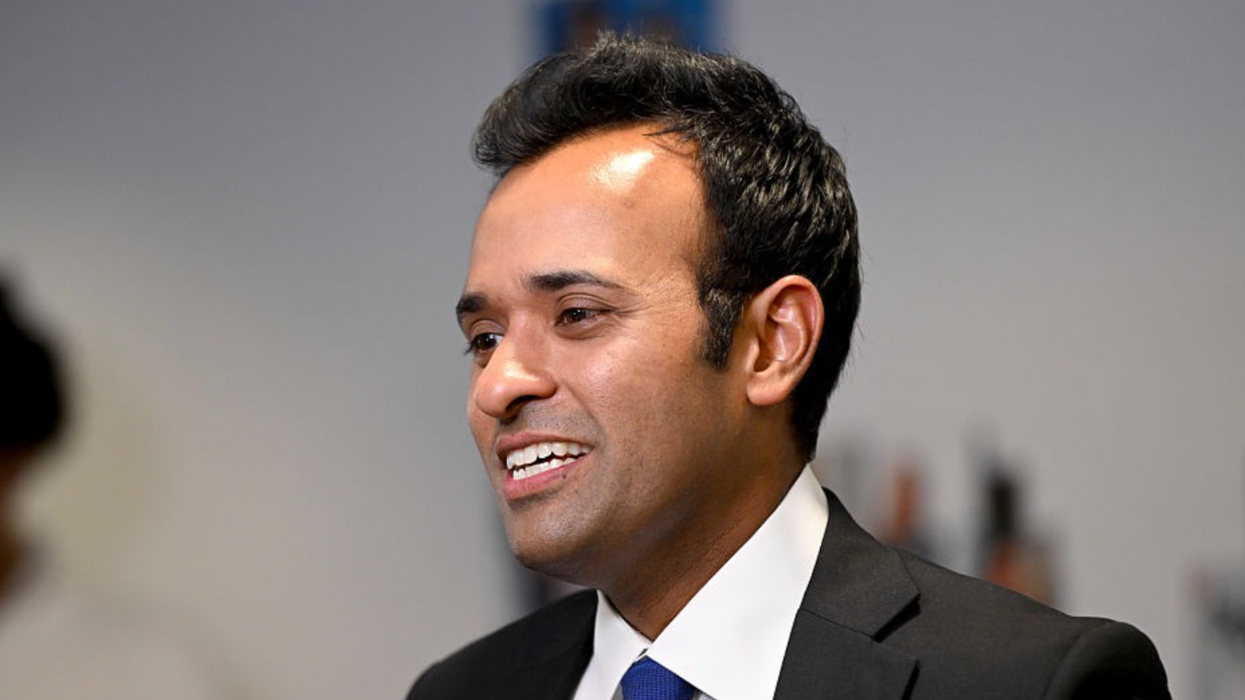Media bias is something that is raised often about, and by, mass media. After The New York Times shared a story about former White House Communications Director Hope Hicks and her decision regarding a congressional subpoena, The Times was hammered online for media bias.
Media bias is:
"...the bias or perceived bias of journalists and news producers within the mass media in the selection of many events and stories that are reported and how they are covered."
Here's The Times social media post that is drawing so much criticism.
Veteran correspondent Soledad O'Brien stated in regards to the piece:
"This is a good example of bias in [The New York Times]: a picture of a person who is considering not complying with a subpoena is basically a glam shot, and it’s framed as a thoughtful, perfectly equal choice."
Writer and journalist Jamil Smith posted:
"There is nothing for Hope Hicks to 'decide.' She got a subpoena from Congress. Were she not white, wealthy, and connected, we wouldn’t be having this conversation. She would appear, or she would face the threat of prison like the rest of us. As she should."
He added:
"I’ll add this framing of it as an 'existential question' is infuriating. People who face those in America are transgender folks who see their very selves being legislated out of existence, or abortion patients in states who would imprison or kill them for it, because 'pro-life'."
He also called on journalists to do better.
"Black folks here have faced existential questions, quite literally, for 400 years. Indigenous people for even longer. I don’t want to belabor this, but we must think more critically—especially when evaluating President Trump and his collaborators. We are writing in permanent ink."
Former war correspondent and news anchor Dan Rather also weighed in. He tweeted:
"Reporting on whether one should comply with a Congressional subpoena should not be framed like a Hamlet soliloquy. The question 'to testify or not to testify' is answered by the fact that it’s a Congressional subpoena."
People took journalist Maggie Haberman to task for her article's spin and treatment of Hicks, including the choice of photo. The New York Times treatment of women without Hicks' advantages and privilege was cited.
Other missteps by The Times were raised.
And people asked The Times to remember this article the next time a person of color was criticized for not complying.
Neither The New York Times nor Maggie Haberman have responded to the criticism yet.
















 @drandrealove/Bluesky
@drandrealove/Bluesky @thebulwark/Bluesky
@thebulwark/Bluesky
 @monicasanluiss/TikTok
@monicasanluiss/TikTok @monicasanluiss/TikTok
@monicasanluiss/TikTok @monicasanluiss/TikTok
@monicasanluiss/TikTok @monicasanluiss/TikTok
@monicasanluiss/TikTok @monicasanluiss/TikTok
@monicasanluiss/TikTok @monicasanluiss/TikTok
@monicasanluiss/TikTok @monicasanluiss/TikTok
@monicasanluiss/TikTok @monicasanluiss/TikTok
@monicasanluiss/TikTok @monicasanluiss/TikTok
@monicasanluiss/TikTok @monicasanluiss/TikTok
@monicasanluiss/TikTok @monicasanluiss/TikTok
@monicasanluiss/TikTok @monicasanluiss/TikTok
@monicasanluiss/TikTok @monicasanluiss/TikTok
@monicasanluiss/TikTok
 @alexamcnee/TikTok
@alexamcnee/TikTok @alexamcnee/TikTok
@alexamcnee/TikTok @alexamcnee/TikTok
@alexamcnee/TikTok @alexamcnee/TikTok
@alexamcnee/TikTok @alexamcnee/TikTok
@alexamcnee/TikTok @alexamcnee/TikTok
@alexamcnee/TikTok @alexamcnee/TikTok
@alexamcnee/TikTok @alexamcnee/TikTok
@alexamcnee/TikTok @alexamcnee/TikTok
@alexamcnee/TikTok @alexamcnee/TikTok
@alexamcnee/TikTok @alexamcnee/TikTok
@alexamcnee/TikTok @alexamcnee/TikTok
@alexamcnee/TikTok